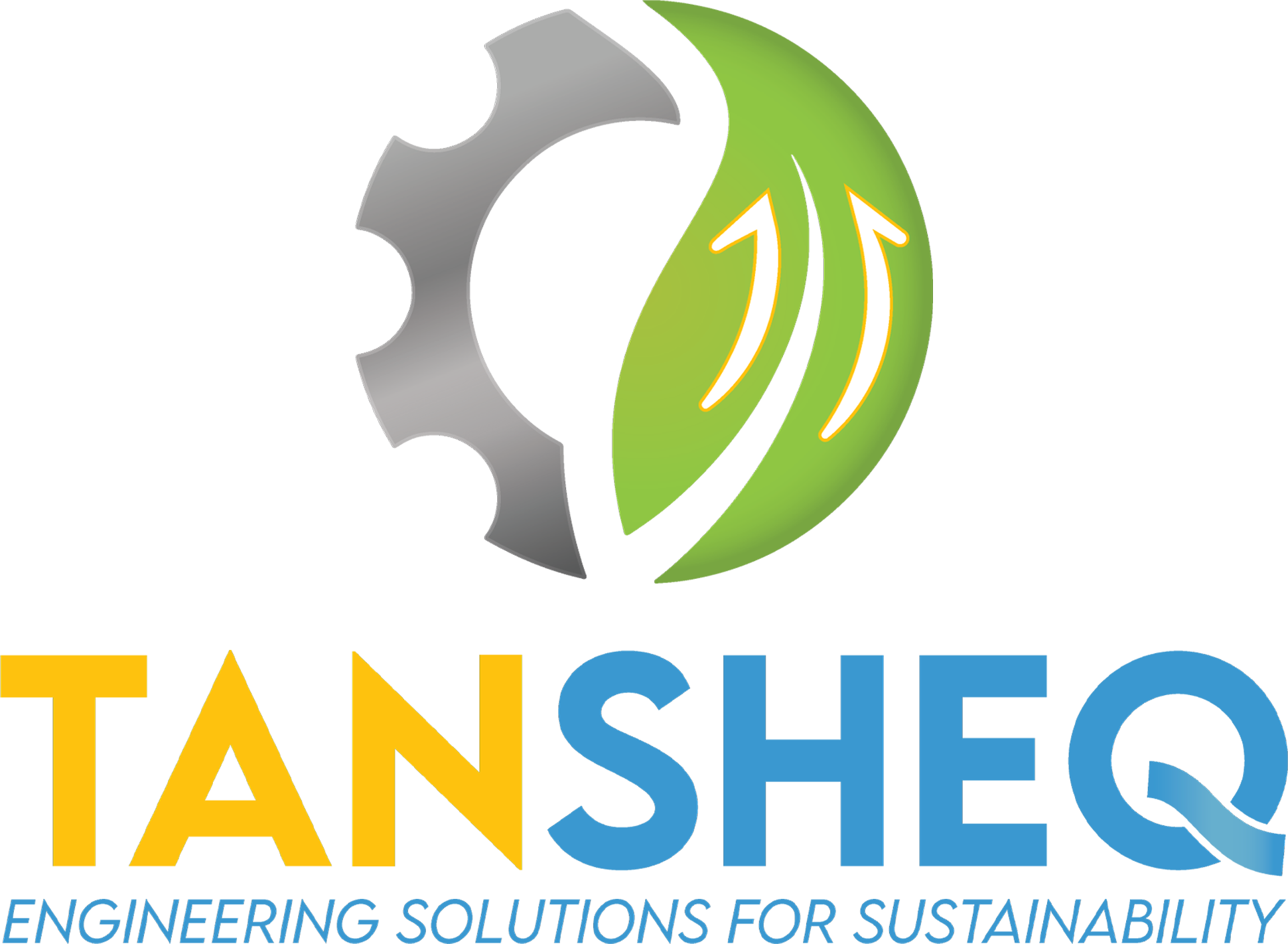Involuntary resettlement, also known as forced displacement, is a challenging issue that often arises in the context of large-scale development projects, such as the construction of dams, roads, and other infrastructure. In Tanzania, this issue is governed by the Government of Tanzania's Resettlement Policy Framework, as well as the World Bank's Involuntary Resettlement Framework (IRF). While both policies aim to protect the rights and livelihoods of people who are affected by development projects, there are also some notable similarities and differences between the two.
One of the main similarities between the two policies is their focus on protecting the rights and livelihoods of people who are affected by development projects. Both policies recognize that involuntary resettlement can have a significant impact on the lives of affected communities
and that it is important to take steps to mitigate these impacts and support affected people as they adjust to their new circumstances.
One of the main differences between the two policies is that the World Bank's policy applies specifically to projects that the bank is financing or supporting, while the Government of Tanzania's policy applies to all development projects within the country. This means that the World Bank's policy may not be directly relevant to some development projects in Tanzania, while the Government of Tanzania's policy would apply to all projects in the country.
Another difference between the two policies is that the World Bank's policy has specific guidelines and procedures for implementing and monitoring involuntary resettlement, while the Government of Tanzania's policy may not have the same level of detail. For example, the World Bank's IRF includes detailed guidelines for assessing the potential impacts of a project on affected communities, as well as specific procedures for providing compensation and assistance to affected people. In contrast, the Government of Tanzania's policy may not have the same level of detail, leaving more room for interpretation and discretion in how the policy is implemented.
A significant difference between the two policies is that the World Bank's policy includes provisions for compensation and assistance to people who are affected by involuntary resettlement, while the Government of Tanzania's policy may not have the same level of support. This means that people who are affected by development projects that are financed or supported by the World Bank may have access to additional resources to help them adjust to their new circumstances, while people affected by other projects may not have the same level of support.
Another important aspect is that the World Bank's IRF has a greater emphasis on the rights of affected people, social and economic inclusion, and gender and indigenous peoples. It is designed to ensure that affected people are consulted, informed, and meaningfully participate in the design, implementation, and monitoring of the involuntary resettlement program. It also includes provisions to support the social and economic inclusion of affected people and to ensure that the specific needs and rights of vulnerable groups, including women, children, and indigenous peoples, are considered.
Lastly, the World Bank's IRF is governed by international standards and have a legally binding to the borrower country while the Government of Tanzania's policy is governed by the country's laws. This means that the World Bank's policy is based on international best practices and is legally binding on the country that is borrowing money from the bank, while the Government of Tanzania's policy is based on the country's own laws and regulations.
In conclusion, while the Government of Tanzania's Resettlement Policy Framework and the World Bank's Involuntary Resettlement Framework (IRF) share some similarities in their focus on protecting the rights and livelihoods of people affected by development projects, there are also some significant differences between the two policies. These differences include the scope of the policies, the level of detail and support provided, and the legal binding of the policies. It is important for development projects in Tanzania to take both policies into consideration to ensure
By Lusako Raphael
Chief Consultant Tansheq
January 2023

